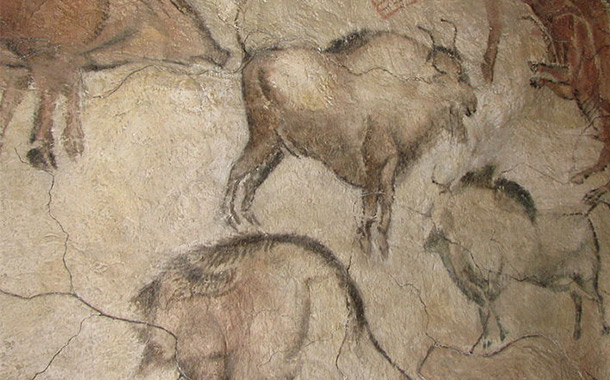<![CDATA[A group of archaeologists working at Gorham's Cave in Gibraltar believe they have uncovered one of the earliest known examples of Neanderthal rock art. Gorham's Cave was discovered in 1907. It is a natural sea cave situated on the south eastern side of the Rock of Gibraltar. Archaeologists believe that this cave was one of the last places in the world occupied by Neanderthals. Gorham's Cave is named after Captain Gorham of the Second Battalion of the Royal Munster Fusiliers. He discovered it in 1907 while exploring an open fissure at the rear of a sea cavern. The sea captain inscribed his name and the date of the discovery on the walls of the cave, and they have been there it ever since. After the initial discovery the cave was forgotten about, until it was rediscovered around 1943. The cave has almost 19 meters of archaeological deposits, of which the top two meters include Neolithic and Phoenician-Carthaginian artefacts. The Phoenician-Carthaginian era was between 800 and 300 BC. Of the remaining deposits, there are 16 meters of Magdalenian and Solutrean era deposits, as well as a level of Mousterian stone tools. The Mousterian items represent occupation by the Neanderthals around 38000 to 30000 years ago. Beneath these layers is yet another layer of archaeological deposits that reveals the cave was inhabited almost 47000 years ago! A group of archaeologists led by Prof. Clive Finlayson from the Gibraltar Museum, found an unnatural series of fine lines carved into the bedrock of the cave in July 2012. According to an analysis carried out by the group of experts and reported in the Proceedings of the National Academy of Sciences Journal, these abstract engravings covered an area of almost 15 x 20 cm and consisted of eight deep lines which combined to form a unique criss-cross pattern intersected by short thin lines, and divided into two groups. The possibility of these lines forming unintentionally from the cutting animal skins or meat has already been ruled out by Prof. Finlayson and his group. They also stated that the engraved patterns differed tremendously from the other natural fissures and alteration cracks present on the exposed surfaces of the dolostones in the cave. Archaeologists believe most of the lines uncovered were made by carefully and repeatedly passing lithic tools into the grooves of the cave. This completely rules out the remote possibility of unintentional origin. The fact these patterns were found in the same layer of sediment as the Mousterian artefacts denotes that these ancient designs are at least 39000 years old. Scientists also concluded that the engravings are a deliberate attempt at a design, conceived by the Neanderthal maker. This can also be verified by considering the size and location of the designs. ]]>
Neanderthal Engraving Discovered in a Gibraltar Cave
